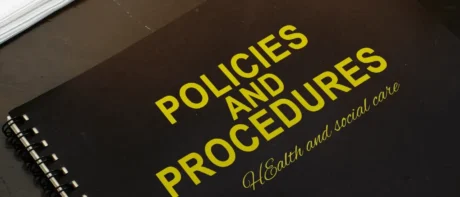
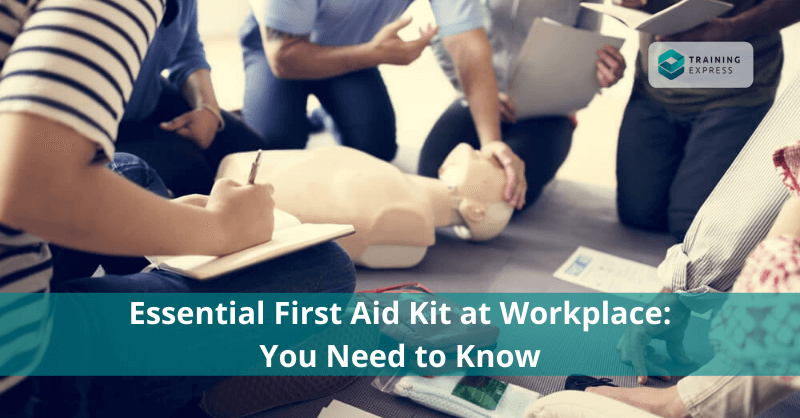
Accidents can occur at any workplace, no matter how secure and safe it may seem. That is why every workplace must have apt provisions for first aid facilities. Keeping a first aid kit at workplace can save lives and prevent minor injuries from becoming major ones.
This article will discuss what is first aid and the reasons behind keeping a first aid kit at workplace. And we will also discuss what a first aid kit should include spending upon the nature of the workplace. So, let’s get started!
Table of Contents
What is First Aid?
Before we talk about essential first aid kit at workplace, let’s discuss what is first aid. The immediate medical care that an injured or ill individual requires until they receive full medical treatment is first aid.
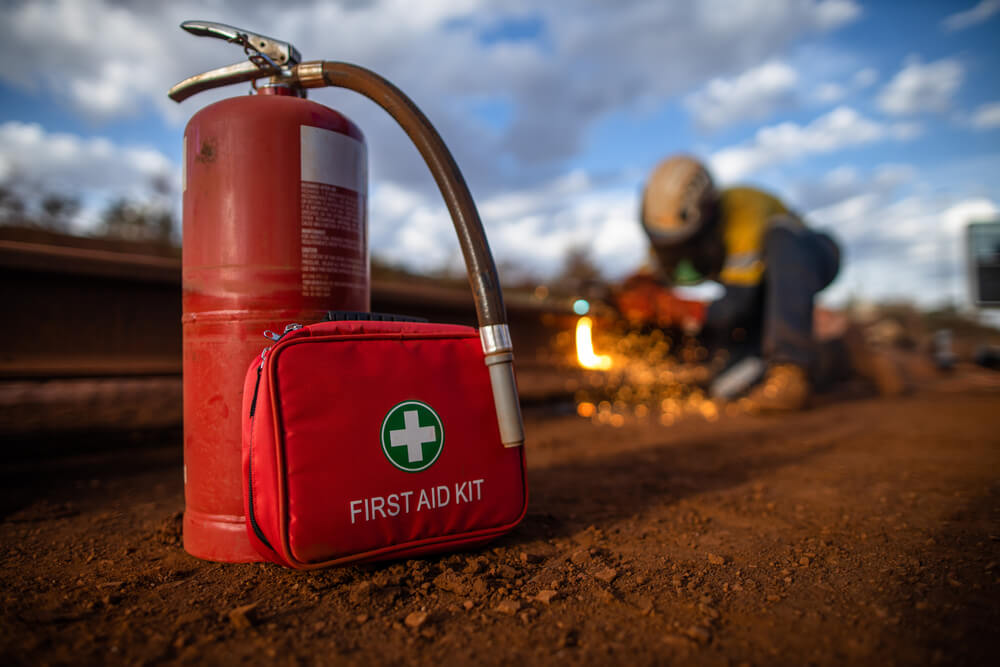
Correspondingly, the aim of first aid is to care for the injury or illness of an individual. The intention is to put them at ease and prevent any further discomfort. There should be designated individuals at every workplace who are responsible for administering first aid.
Qualified first-aiders should get first aid training specific to their work environment. Moreover, first-aiders need to be able to assess a range of different situations. In essence, first aid is an immediate measure until further medical assistance arrives.
Three Reasons to Keep a First Aid Kit at Workplace
Accidents can happen anytime at the workplace, even when it is undesirable. Hence, a first aid kit at the workplace is essential to tackle such medical emergencies. Here are the top three reasons you should keep a first aid kit at workplace.
1. Treat Injuries Quickly
You can handle a medical emergency as quickly as possible in the presence of a first aid kit. Not to mention, a delay of just a single minute can cause irreconcilable damage in case of an emergency. Moreover, a first aid kit provides basic and instant care for common medical injuries. These include cuts, burns, minor injuries, among others.
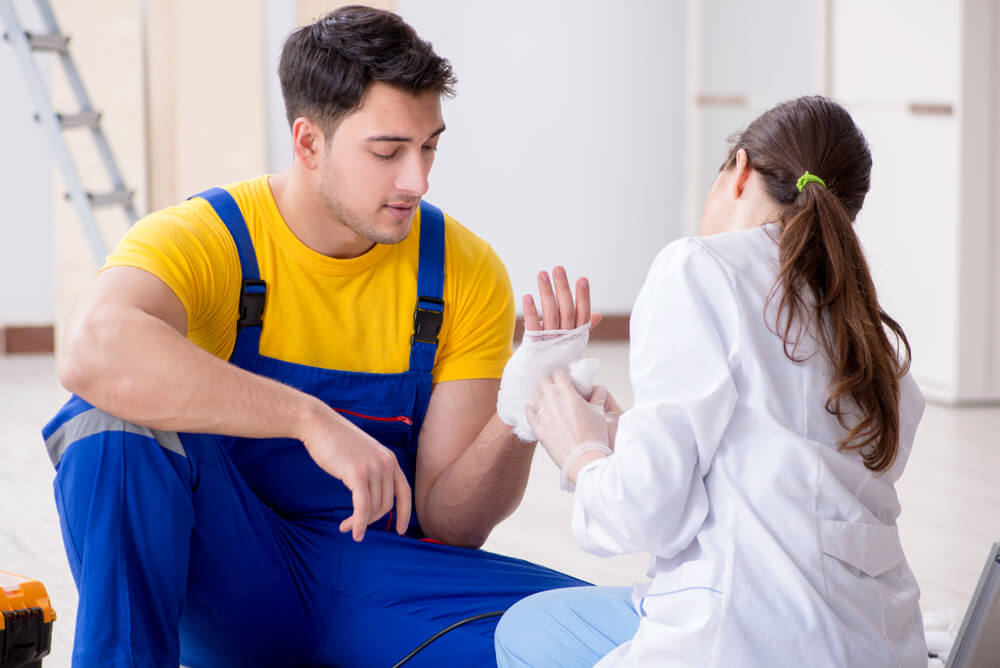
2. Risk of Complications are Less
In most cases, a well-equipped first aid kit can prevent further complications with the injury or medical condition. A first aid kit can also be very cost-effective. A wound getting immediate first aid attention is less likely to require complex attention in the future.
3. Relieves Pain & Discomfort
An injury can be messy, with severe blood loss or burning pain. The first aid kit contains medical products that can stop blood loss or prevent burn damages immediately. Moreover, the goal of first aid is to relieve pain and discomfort. So, appropriate first aid treatment is necessary to prevent any further damage.
Five Tips for First Aid at Workplace
Let’s look at 5 basic tips for the application of a first aid kit at workplace.
1. Know the Primary Goal of First Aid
First aid is not a proper medical treatment. It is just giving immediate attention to an injured person to prevent the injury from getting worse. And it also helps reduce their pain. A first aid kit at workplace will let you help an injured person until medical professionals make it to the scene. In addition, the goal of first aid is to preserve life, prevent further injury and promote recovery.
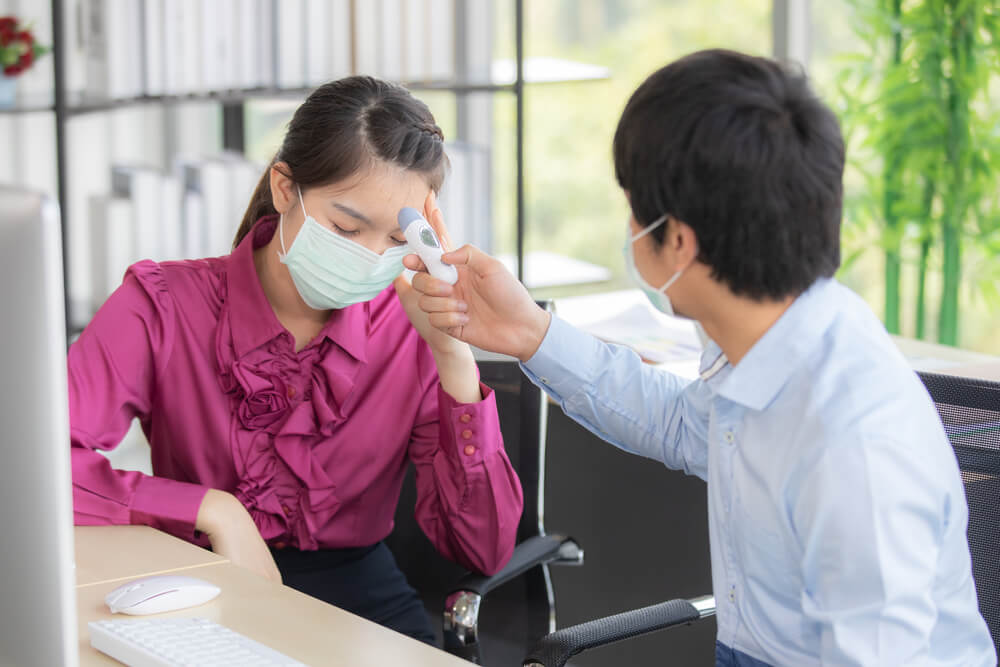
Thus, prepare the first aid kit at workplace with the goal to keep an injured person safe and alive. This will help them recover quickly after getting treatment from medical professionals.
2. First – Assess the Scene
It is important for you to assess the scene first before you rush in to provide first aid at the workplace. There are a few techniques you can adapt to properly assess the scene of an accident.
Scan the Scene for Danger
Survey the area around the injured person and check for any hazard or danger. Enter to provide first aid if the scene is safe to proceed. It is crucial to assess and eliminate the dangers before you rush in with the first aid kit at workplace. However, contact emergency services right away if the scene is not safe.
Find the Cause of Injury
Give your best to locate the cause of injury after it is safe to approach the injured person. You can be more helpful to medical professionals the more you know about the cause of injury.
Don’t Shift the Injured Person & Call 999
It is crucial that you do not try to move the injured person until the emergency medical services arrive. It would be difficult for a first-aider to assess any internal injury of the injured person. And a medical professional can best determine how to move the injured individual. In addition, call the emergency services immediately after assessing the scene and individuals’ injury.
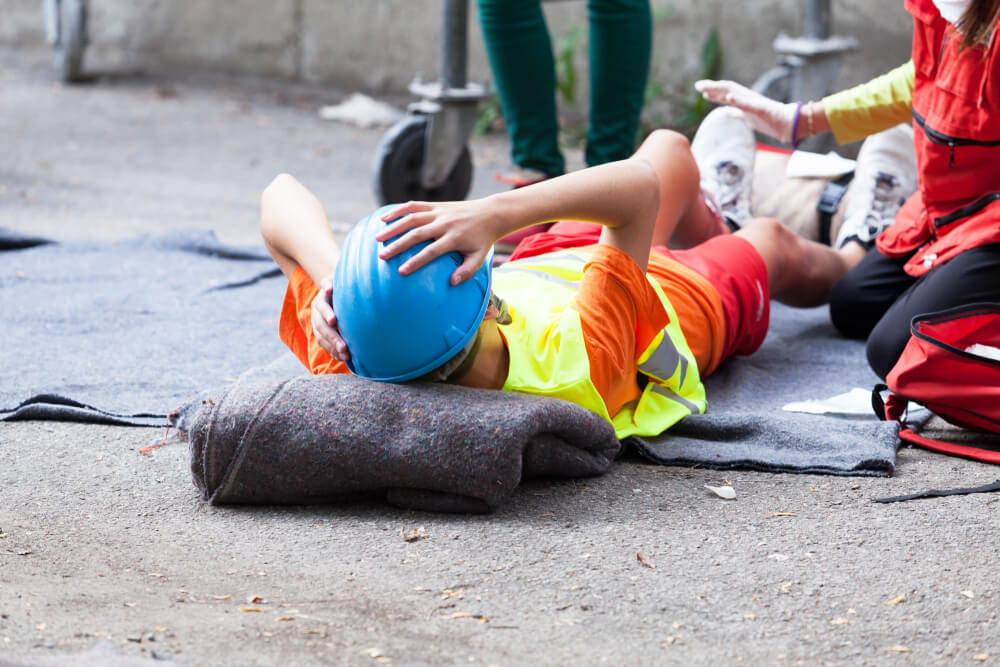
If there are bystanders, you must place them all to emergency services. It will help them dispatch appropriate assistance as per the requirement of the scene. Try to stay on the line unless the operator instructs you to hang up.
3. Apply the Good Samaritan Law
If you witness any injury even outside your workplace, it is crucial that you help whenever you can. There is a good samaritan law that provides legal protection to those who provide first aid to injured or endangered persons. The good samaritan law was created so that you don’t have to worry about negative repercussions if the injury is too serious.
4. Learn about the Primary Medical Conditions in the Workplace
It is always safe to be in the know about common medical conditions in the workplace. It helps in assembling a proper first aid kit at workplace too. And if you are familiar with the conditions, you will be able to provide better first aid care. Some of the most common medical conditions in the workplace include,
- Respiratory-related diseases such as asthma attacks, choking, allergic reactions.
- Heart attacks
- Strokes
- Seizure
Try getting training that will help you identify these medical conditions. It will be easy for you to notice the warning signs the better you prepare yourself. You can call for help right away when you learn to recognise the warning signs.
5. Protect Yourself First
When it comes to providing first aid, you must remember to ensure your safety first. Do not engage in a situation where it might risk your life as well. Here is a list of precautions you should take to make sure you are protected before providing first aid.
- First-aiders at the workplace should wear PPE. Wearing PPE protects yourself from exposure.
- Avoid entering the scene if there’s any risk. While assessing the scene, you may realise it will pose a threat to your life. In such cases, it is best to keep yourself safe and call the emergency services.
- Allow someone with more medical training to take over the first-aid procedure if they are present. However, you can still help by calling emergency services, escorting emergency personnel to the scene, etc.
First Aid Kit at Workplace: Who is Responsible for Health & Safety?
A person conducting a business has the primary responsibility to practically enforce first aid guidelines. A proprietor is responsible for ensuring workers are not exposed to health and safety risks. The business person must provide first aid equipment and ensure each worker at the workplace has access to the types of equipment. And they also need to ensure access to facilities for the administration of first aid.
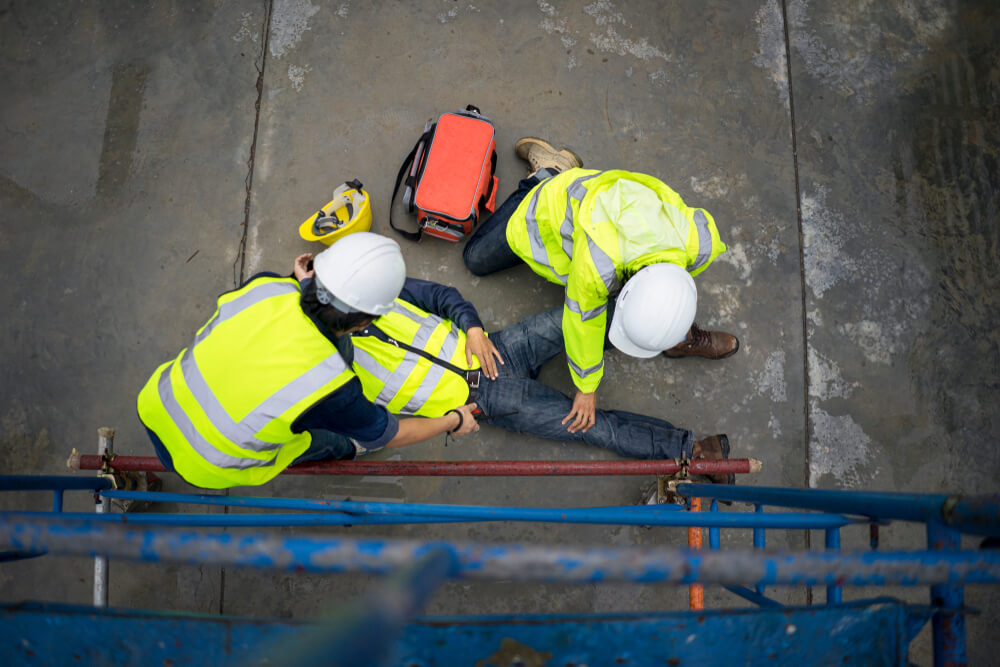
Enrol in our workplace first aid training course today and become a professional first-aider. This training course is also suitable for all workplace employees. Knowing how to use a first aid kit is equally important for every employer and employee. And our training course will equip you with the skills to effectively react and help in emergency situations.
Importance of having First Aid Kit at Workplace
Having first aid at workplace is crucial to maintain the safety of all employees. Every employee has the right to a first aid kit at workplace if they fall ill or encounter a sudden injury. According to the Health and Safety Regulations of 1981, every employer in the UK must ensure adequate facilities for first aid at workplace.
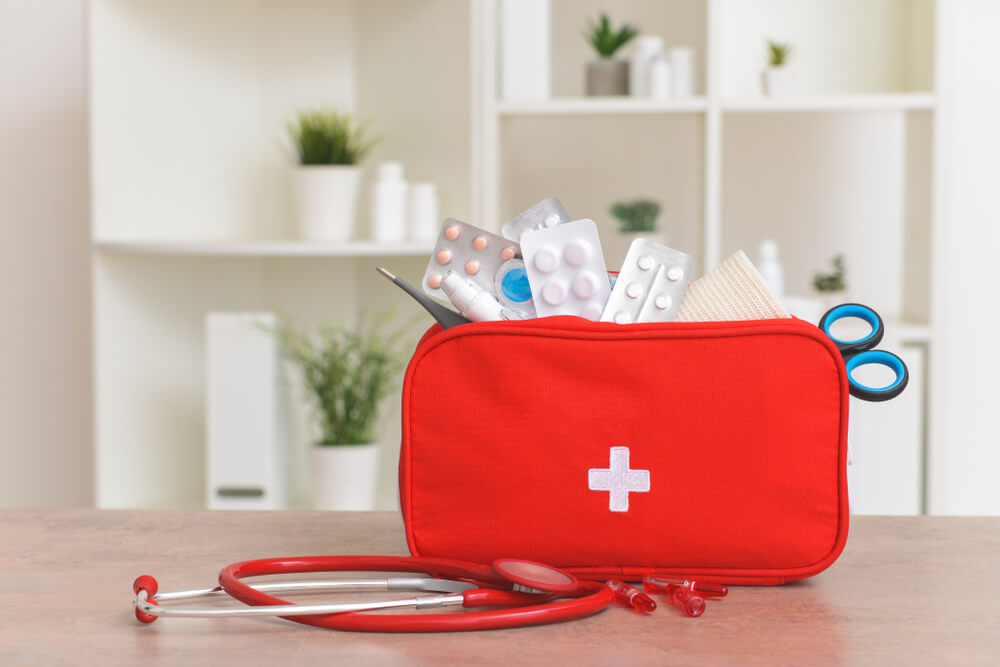
When thorough first aid procedures and facilities are not established, an organisation will be subject to investigation. Workplace first aid facilities and training of first aid of every organisation are under the inspection of the UK Health Executive. Thus, knowledge and training of first aid in the workplace will ensure that all employees are part of a safe environment. In addition, your organisation will also remain compliant with UK legislation.
Also, knowledge and training of first aid in the workplace demonstrate the employer’s care and commitment to protecting employees. This way, in case of emergency assistance, will be available, and the safety of everyone in the workplace will be ensured.
Assessment of First Aid Risk in the Workplace
Conducting a first aid assessment of your workplace is a must. First aid risk assessment helps analyse the particular risks and hazards which are present in your workplace. On top of that, it will help you to decide what type of first aid equipment you will need to equip your workplace.
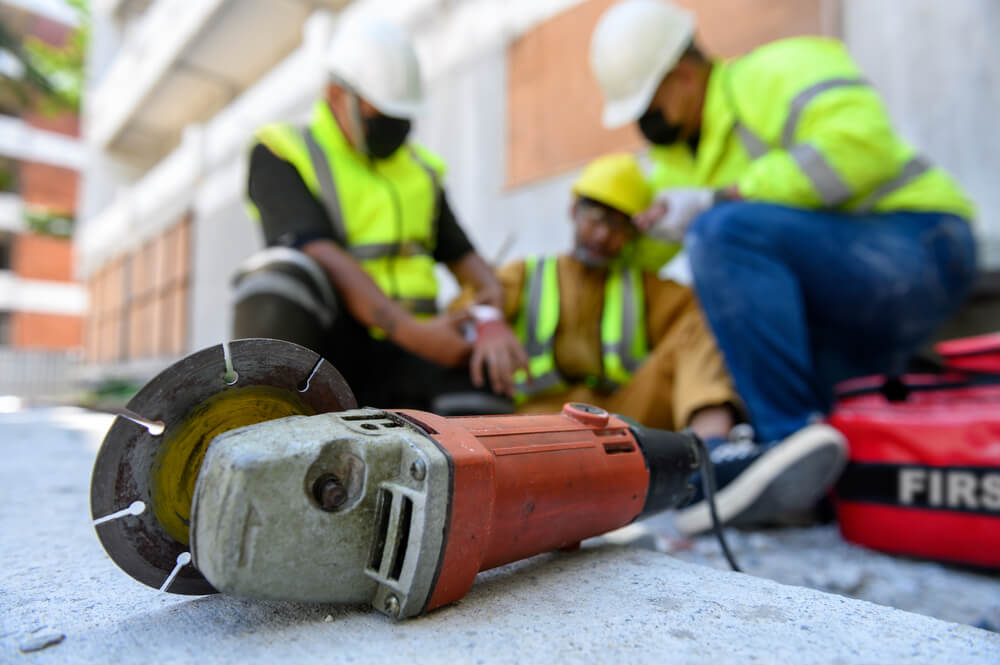
Consider the following questions and criteria while conducting the risk assessment for your workplace.
- Depending on how large your organisation is, you have to assess how many trained first-aiders you will need.
- Take into consideration the nature of your workplace and ask will that affect the type of first aid equipment you will need at the workplace.
- Do you have any employees with particular medical conditions that need to be accounted for in the first aid training?
- Depending on how big your organisation is, consider whether you need first aid rooms in the workplace and if so how many?
- Investigate if any particular area in the workplace is more hazardous than others.
Afterwards, you will need to delegate the appropriate number of first aid representatives when you are done with the first aid assessment. It will ensure that there are designated first-aiders in case of a medical emergency in the workplace.
5 Essential First Aid Kit at Workplace
Having a basic first aid kit at workplace is always important. Certainly, a well-developed and integrated workplace health and safety program will mitigate many injuries. Here are 5 essential first aid kits that you need for all kinds of major and minor injuries.
1. Latex Gloves
While you shouldn’t prevent yourself from helping an injured person, make sure that you protect yourself first. Wearing latex gloves is a must for first-aiders while handling the injured person. So, make sure to stock your first aid kit at workplace with latex gloves.
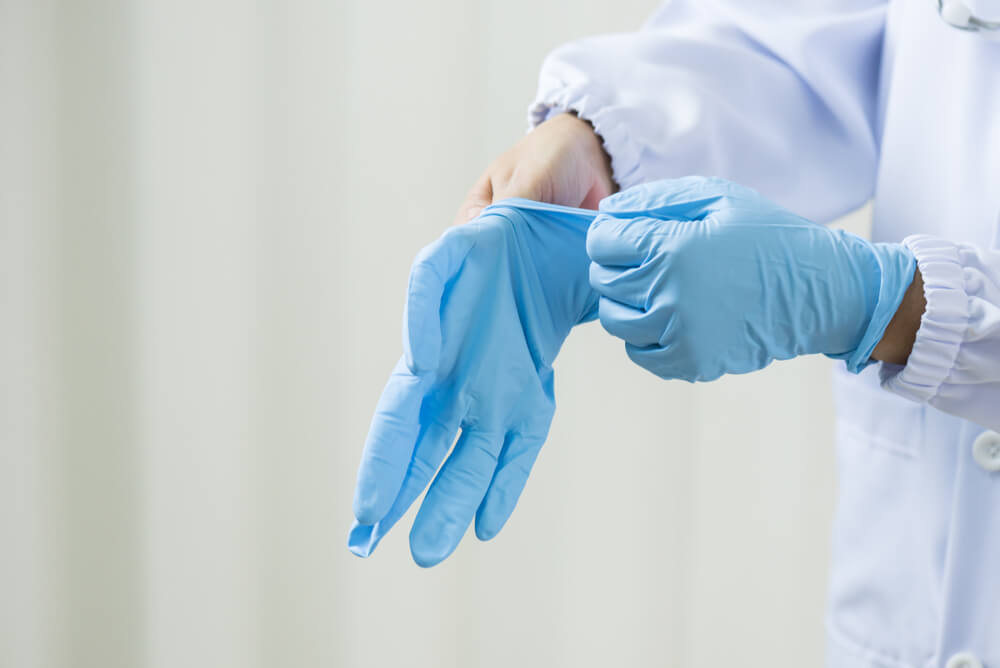
2. Band-Aids/ Plasters
Band-aids or plasters are commonly essential for every type of first aid kit at workplace. Opt for waterproof plasters with built-in antibiotic ointment. This type of plaster serves a versatile purpose.
3. Bandages
Make sure to have a selection of joint bandages for injuries pertaining to the joint. Joint injuries usually need strapping straight away to prevent long-term damage. To keep the injured body part from moving, using the correct joint-shaped bandage is necessary.
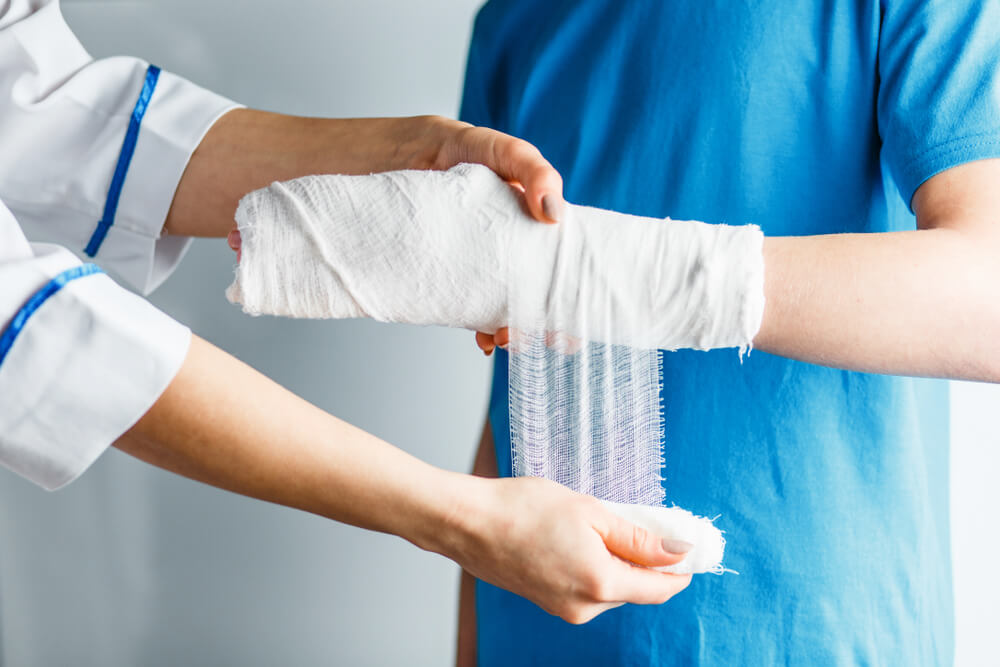
4. Tweezers
Tweezers come in handy for removing insect stingers, ticks, splitters, and more. However, always make sure to sterilise the tip of the tweezer with alcohol before using them.
5. Instant Ice Packs
Instant ice packs are necessary for common injuries such as minor falls, sprains, etc. Applying ice packs is always a good idea to reduce the pain and swelling. Make sure to have reusable ice packs in the freezer of your workplace as well.
What Items to Keep in a First Aid Kit at Workplace?
We’ve discussed 5 must-have items in your first aid kit. However, there are several other items employers need to include in the first aid kits. The nature of first aid items will depend on the hazard and risk assessment done in the workplace. To make things easy for you, we’ve categorised the nature of first aid kits depending on the workplace risk level.
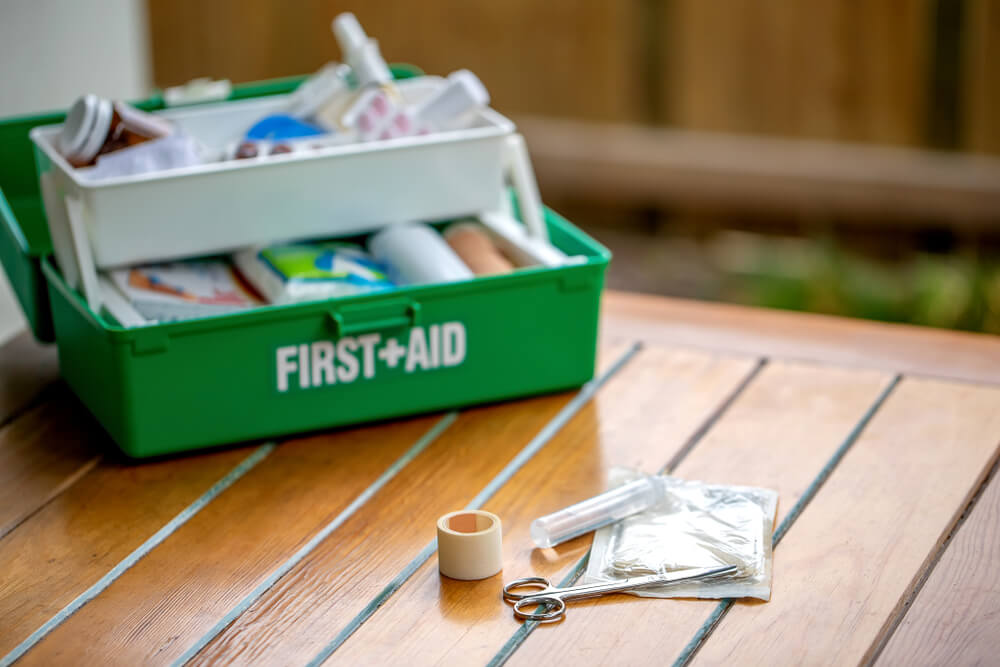
First Aid Kit at Workplace with Low Risk
For low-risk workplaces, a first aid kit should cover equipment for testing minor illnesses and injuries. For instance, cuts, grazes, minor burns, etc. So, a low-risk workplace first aid kit should include,
- Disposable sterile gloves
- Sterile eye bandages
- Different sizes of sterile gauze dressings
- Adhesive tape
- Burn dressings
- Painkillers
- Antiseptic cream
- Alcohol-free cleansing wipes
- Scissors
First Aid Kit at Workplace with High Risk
A workplace with a higher risk has the potential to expose workers to situations that could lead to more significant injuries. So, a first aid kit at the workplace with high risk should include,
- Hydrogel dressings
- Sterile dressings
- Moist wipes
- Burn gel dressings
- Bandage rolls
- Eye baths
- Sterile eye pads
- Burn treatment sachets
- Safety pins
- Disposable gloves
- Triangular bandages
Ideally, you should place the first aid kit in an area that is easily accessible and visible. It should have a sign attached to it highlighting the first aid kit words. Also, it is important to review the contents of the first aid box regularly to ensure the products have not expired. An individual apart from the first-aider should be responsible for maintaining the first aid kit at workplace.
Conclusion
In the workplace, knowledge, and training about the importance of first aid is essential. Furthermore, it is important for a first-aider to be present immediately in case of a medical emergency at the workplace. In essence, the content of a first aid kit at workplace largely depends on what the company’s needs are. And these needs must be carefully identified during the first aid risk assessment.
- Available Courses
- Law10
- IT & Software218
- Design26
- Training6
- Accounting & Finance Primary45
- Teaching & Academics Primary35
- Teaching22
- Quality Licence Scheme Endorsed161
- Healthcare168
- Animal care10
- Job Ready Programme39
- Charity & Non-Profit Courses28
- HR & Leadership2
- Administration & Office Skills2
- Mandatory Training36
- Regulated Courses4
- Health and Safety515
- Marketing36
- Career Bundles200
- Construction58
- Electronics31
- Hospitality28
- Health and Social Care291
- Child Psychology40
- Management409
- Business Skills291
- First Aid73
- Employability279
- Safeguarding79
- Food Hygiene115
- Personal Development1526
 Food Hygiene
Food Hygiene Health & Safety
Health & Safety Safeguarding
Safeguarding First Aid
First Aid Business Skills
Business Skills Personal Development
Personal Development
